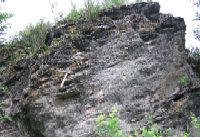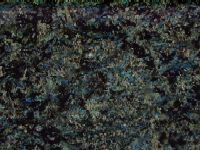Special Program for International Students
GRADUATE COURSE IN EARTH SCIENCE
& GEOENVIRONMENTAL SCIENCE
Current MEXT students
Li Weimin (China)
Email: weimin_L2003 @yahoo.com,
weiminli2006 @gmail.com
Thesis title: Geochronology and petrogenesis of the blueschist zone in Heilongjiang Province, NE China.
Supervisor: Prof. Akira Takasu (2006-2008).
Northeast China (NE China) consists of several massifs and suture belts, and has complex tectonic evolution history due to the domination of two large geological provinces, the Central-Asian and Western Pacific tectonic regimes. The Yilan-Mudanjiang blueschist zone, the target of my study, is the suture belt between the Jiamusi and Songnen Massifs. The suture zone is ~200 km long, and is situated to the east of the north - south trending Mudanjiang fault. My field area lies in Modaoshi, to the east of the Mudanjiang area and Yongquan in the Yilan region. The rock associations present consist of glaucophane-albite schists, chloritized blueschists, and two-mica schists. There has been little previous research work in the area, except for some isotope dating by Ye Huiwei (1994) and Zhang Xingzhou (1992). Detailed research on aspects such as the P-T conditions of the metamorphism and petrogenesis have yet to be carried out. Therefore our studies play an important role in discussion on the evolution of NE China.
The objectives of my future research are:
- To carry out field investigation and mapping along the blueschist zone, and to collect samples;
- Examine thin sections of the samples under the petrographic microscope;
- To determine the ages of formation of the blueschists by CHIME and TIMS methods;
- To measure mineral compositions by EPMA method.
Based on the methods outlined above, I will make petrographic descriptions of the thin sections, date the metamorphic rocks, and characterize the geochemical components of the minerals. This will then allow estimation of the P-T conditions and discussion of the evolution of the Songnen and Jiamusi Massifs.



